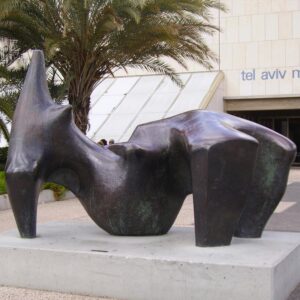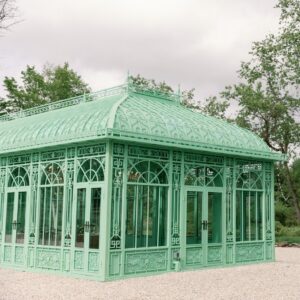When choosing the perfect sculpture for your home, garden, church, or public space, understanding the difference between Baroque and Classical styles is essential.
While both are rooted in European art history, they reflect entirely different emotions, movements, and aesthetics. Classical sculptures are known for their balance and ideal beauty, while Baroque works explode with drama and motion.
In this blog, we’ll explore how Baroque sculpture differs from Classical sculpture — not just from an artistic perspective, but also to help you decide which style best suits your space or project.
Whether you’re an art lover, a designer, or looking to commission a custom piece, this guide will make your decision clearer.
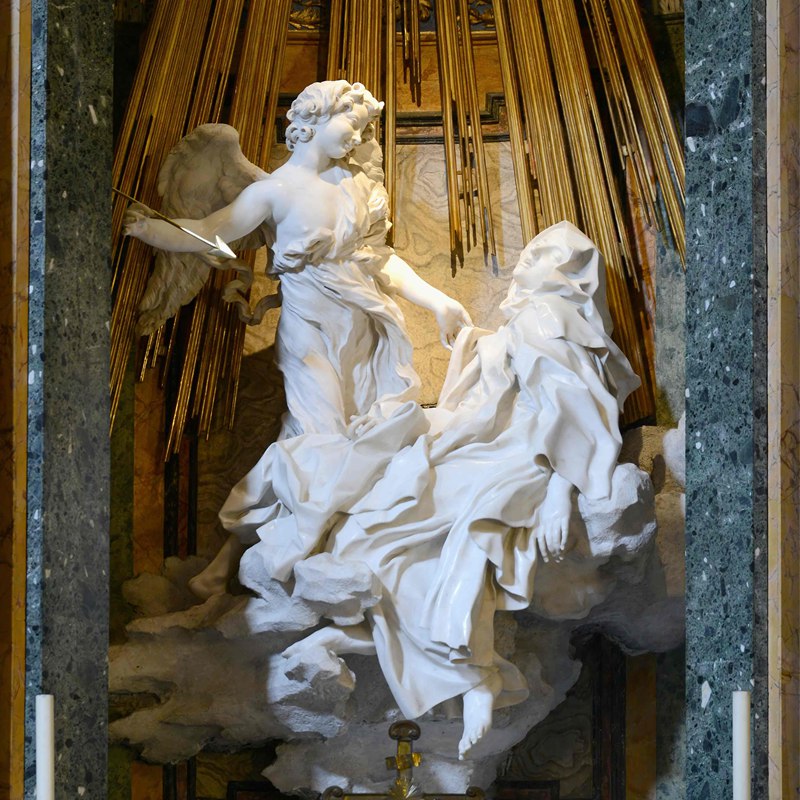
Key Differences Between Baroque and Classical Sculpture
1.Emotion and Expression
Classical Sculpture: Calm, balanced, idealized expressions. Emphasizes harmony between reason and the heart.
Example: Augustus of Prima Porta, his face is calm and majestic, showing the calmness and confidence in political power and sacred mission, and is a symbol of the rational authority of the Roman Empire.
Baroque Sculpture: Dramatic, emotional, intensely expressive. Captures moments of ecstasy, agony, or divine revelation.
Example: Medusa by Gian Lorenzo Bernini, the face is distorted, the eyes are terrified, and the snake-like hair is dancing wildly, depicting the extreme pain and fear of divine punishment, which is extremely emotionally impactful.
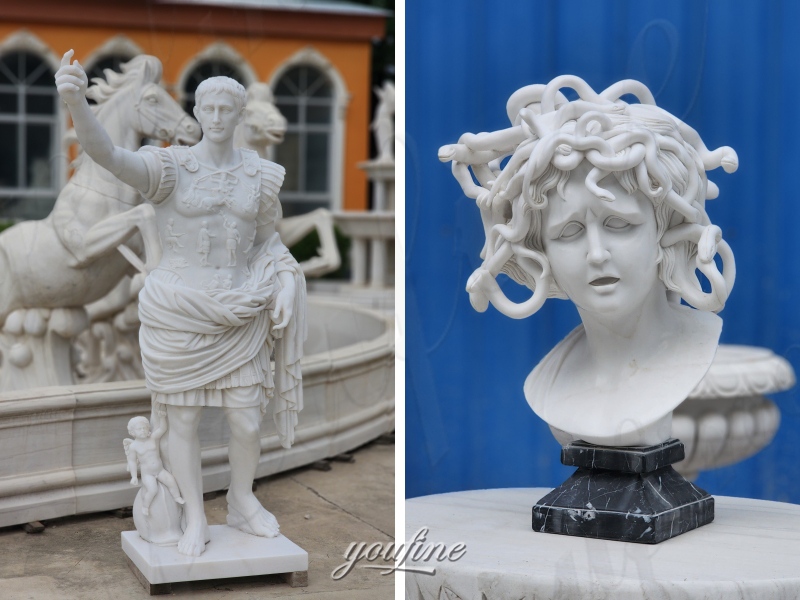
2.Movement and Composition
Classical Sculpture: Static or balanced poses (e.g., antipodes). Figures are usually free-standing and symmetrical. Harmony of parts and proportions is key.
Example: Discobolus by Myron, although it is a sports scene, the body postures are very idealized and symmetrical, representing strength and order in static state.
Baroque Sculpture: Highly dynamic; figures twist and turn in action and appear to move. Open composition—sculpture interacts with the space around it. Designed to be viewed from multiple angles.
Example: David by Gian Lorenzo Bernini, depicting the moment when David is about to throw the stone, his body twists violently, his muscles tense, full of movement, as if he will move in the next second.
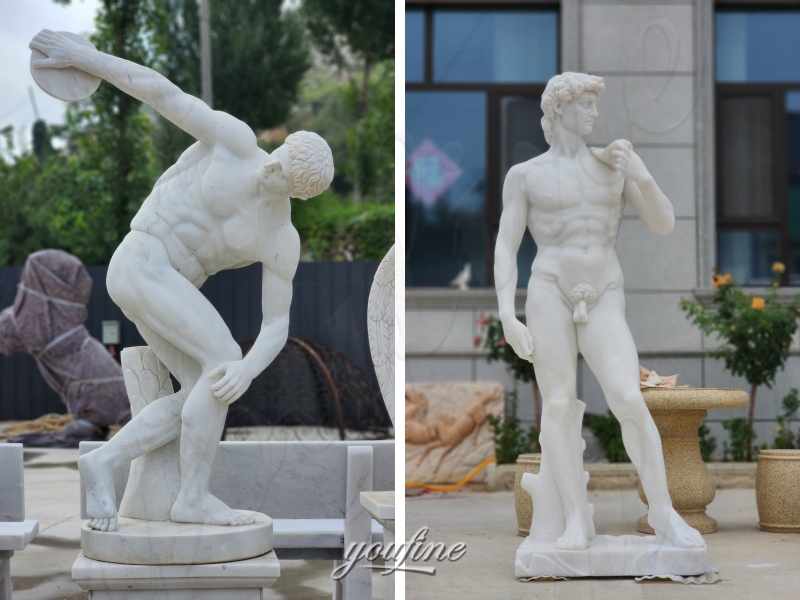
3.Purpose and Function
Classicism Sculpture: Celebrates ideals of beauty, human perfection, civic virtue, or deities, often used to commemorate or decorate temples and public places—it is about the extremes of what humans can achieve.
Example: Doryphoros by Polykleitos, It shows the perfect proportions and rational beauty of the human body, and is a model of the “ideal human form” in ancient Greece, used in public education and aesthetic norms.
Baroque Sculpture: Intensely religious and dramatic, designed to inspire awe and piety, especially during the Counter-Reformation—it is about how people should feel in the present moment. Often combined with architecture, lighting, and theatrical staging.
Example: Bernini’s The Ecstasy of Saint Theresa, placed next to the church altar, it inspires the audience’s religious resonance through dynamic modeling and light and shadow effects.
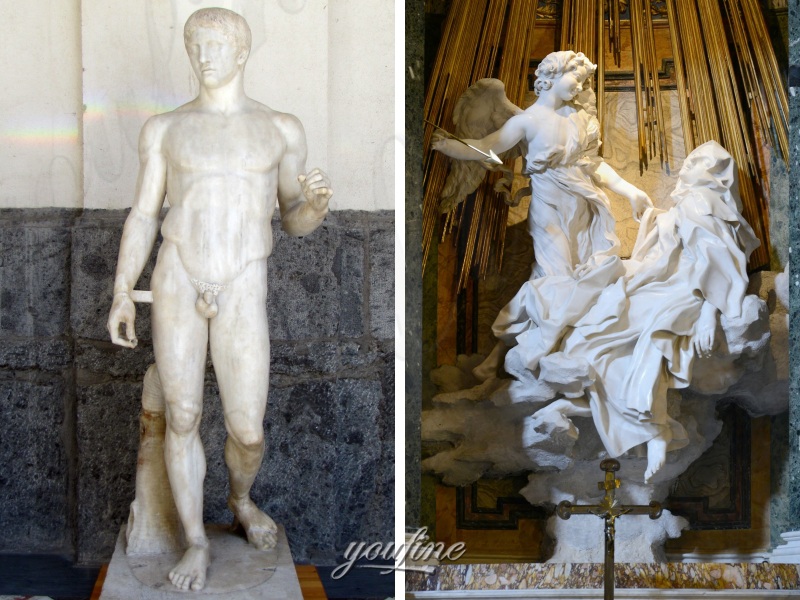
4.Detail and Ornament
Classical Sculpture: Clean lines, well-controlled folds, minimal extraneous ornamentation.
Focus on body structure and proportion rather than surface texture.
Example: Laocoön and His Sons Sculpture, although the sculpture shows the character’s painful struggle when attacked by a snake, it still maintains structural symmetry and rationality, with details serving the whole and emotions being relatively restrained.
Baroque Sculpture: Exquisite detail. Flowing garments, textured hair, expressive facial expressions. Rich materials, sometimes gilded or mixed media (e.g. marble + bronze).
Example: Apollo and Daphne by Gian Lorenzo Bernini, Clothes turn into bark, hair turns into leaves, faces are instantly frozen in fear, the details are dynamic and visually shocking.
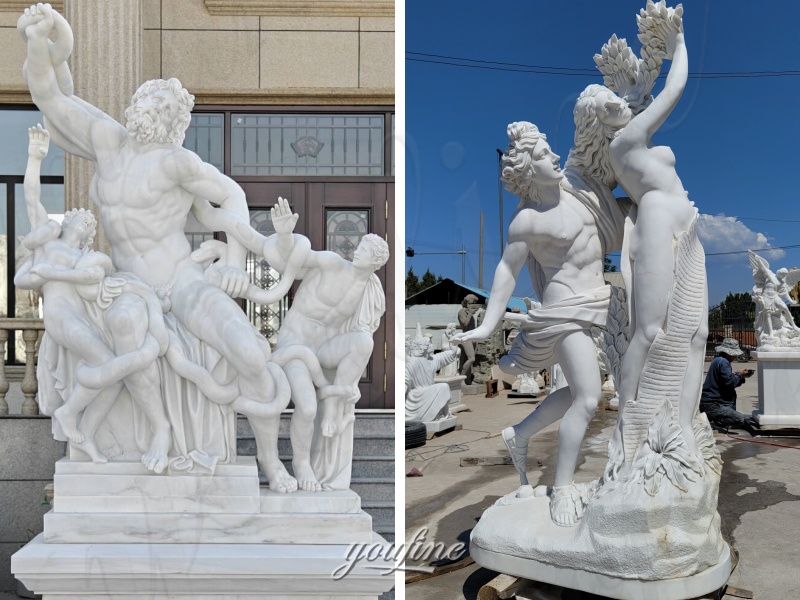
5.Major Artists
Classical Sculpture: Phidias, Polykleitos, Praxiteles
Baroque
Italian: Gian Lorenzo Bernini (most influential)
French: Pierre Puget
Spanish: Juan Martínez Montañez
Style Recommendation Guide for Different Aesthetic Preferences
Aesthetic Preference | Recommended Style | Why It Fits | Suggested Sculpture Themes |
Love simplicity, balance, and harmony | Classical | Clean lines, ideal proportions, and a calm, rational presence — perfect for elegant, timeless spaces. | Discobolus, Venus, Hercules, Roman Emperors |
Prefer luxury, drama, and visual impact | Baroque | Rich in detail and movement, Baroque pieces create an emotional and theatrical experience. | Saint Teresa, Apollo and Daphne, Flying Angels |
Admire cultural or historic atmosphere | Classical | Brings ancient Greek and Roman heritage into modern settings with symbolic, dignified forms. | Athena, Socrates, Caesar, Temple Friezes |
Enjoy emotion-rich, expressive art | Baroque | Captures intense emotions and spiritual energy — ideal for churches, theaters, or expressive spaces. | Martyrdom scenes, Miracle sculptures, Ascending souls |
Seek symmetry and structural clarity | Classical | Based on rational order and harmony — great for traditional gardens or classical architecture. | Apollo, Spear Bearer, Warrior Reliefs, Corinthian heads |
Like dynamic poses and spatial drama | Baroque | Figures often break through space with flowing drapery and spiral movements — adds excitement. | Prometheus, Assumption of Mary, Angel Groups |
Whether you’re drawn to the harmonious elegance of Classical sculpture or the dramatic movement and emotional intensity of Baroque art, choosing the right style can elevate your space both visually and culturally. Each artistic tradition offers a unique way to express beauty, power, and meaning — the key is finding what resonates with your taste and environment.
At YouFine Sculpture Factory, we specialize in creating high-quality marble and bronze sculptures with over 40 years of craftsmanship experience. From timeless Classical figures to intricate Baroque masterpieces, our team can help you select or customize the perfect piece for your garden, church, villa, or public project.
Contact YouFine today to get expert recommendations or request a free design proposal tailored to your space and aesthetic goals.

